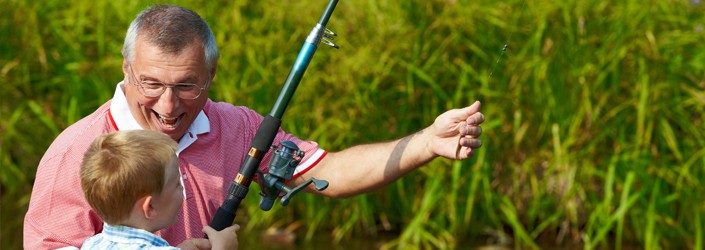
Getting back to daily life
Your pacemaker is designed to monitor and treat your slow heart rate so you can lead a full and active life. Here, you’ll find some general tips about going back to usual activities after your procedure. Please be sure to talk to your doctor about what’s right for your specific situation.
Exercise and Sports
Being active demands more oxygenated blood flow to your body than doing things like watching TV. Usually, your heart responds to the need for more blood flow by increasing your heart rate. But sometimes, your heart rate doesn't increase on its own and may need to rely on your pacemaker. Be sure to work with your doctor to decide what activity level is best for you.
Driving After Your Pacemaker Procedure
Driving with a pacemaker depends on your specific symptoms and the driving laws where you live. Generally, having a pacemaker does not mean you can’t drive. You might need to wait to drive at first while you recover from the procedure. Be sure to ask your doctor or about any reasons why you shouldn’t drive.
Whether you’re a driver or passenger, you may want to find padding to cover your implant site to make the seatbelt more comfortable. You can find pads in many pharmacies.
Sexual Activity
You may be concerned about whether it’s safe to be sexually intimate after your pacemaker procedure. Sexual activity is safe for most people with a pacemaker. This is because the natural heart rate increase during sex is the same as the heart rate increase that happens when you exercise. Your doctor may give you a stress or exercise tests at the hospital to see how your heart rate increases. This will help them program your pacemaker settings.
Most patients decide to avoid sexual activity for about a week after the procedure. While your incision is healing, you should avoid supporting your weight with your arms during sexual activity.
Talk to Your Doctor
Every patient’s situation is unique. So, it’s important to talk to your doctor about ways to safely resume normal activities after your coronary stent procedure.